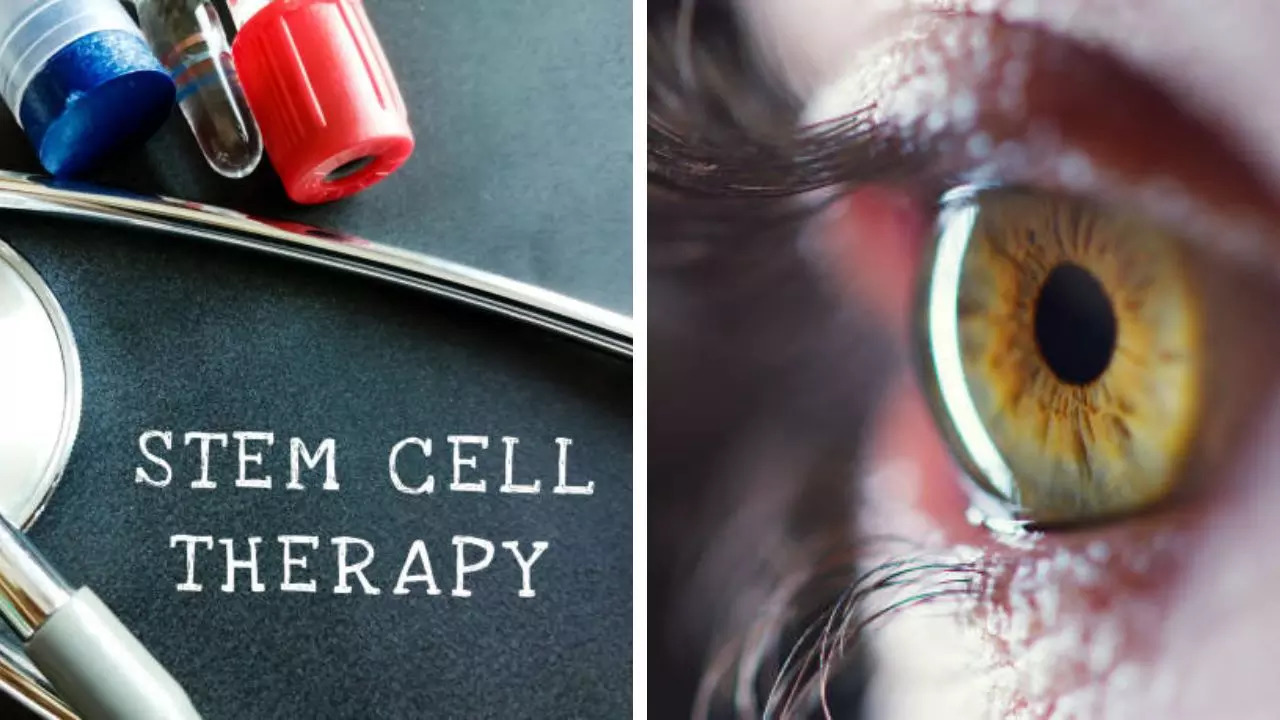Transplants from human stem cells have successfully closed a hole in part of a monkey's retina, hoping for a similar therapy in humans, according to a study by Japanese researchers. According to the scientists from Kobe City Eye Hospital, the study could pave the way for better treatment of small gaps that form in the macula, the central part of the eye's retina. These macular holes cause blurred vision, making it hard to see fine details, read, or drive a car – and can lead to permanent blindness as well.
"Our results suggest that this method could become a practical, safe, and effective treatment option with minimal invasive risks, particularly for difficult macular hole cases," said Dr. Michiko Mandai, senior study author of Kobe City Eye Hospital. Even though it has been a success, most scientists say the results of research in animals do not always pan out in people.
Retina transplants do not necessarily restore vision In a retina transplant, a surgical procedure replaces damaged or diseased retinal tissue with healthy donor tissue. Doctors say the goal is to prevent blindness and improve the quality of life for people with retinal disorders. However, even with the advancement of treatment over the past decade successfully closing more than 90 per cent of macular holes, many cases have been negative, as even managing care after surgery is difficult.
While retina transplants are able to close the holes, they do not necessarily improve vision. And so, Dr. Mandai's team h.


















